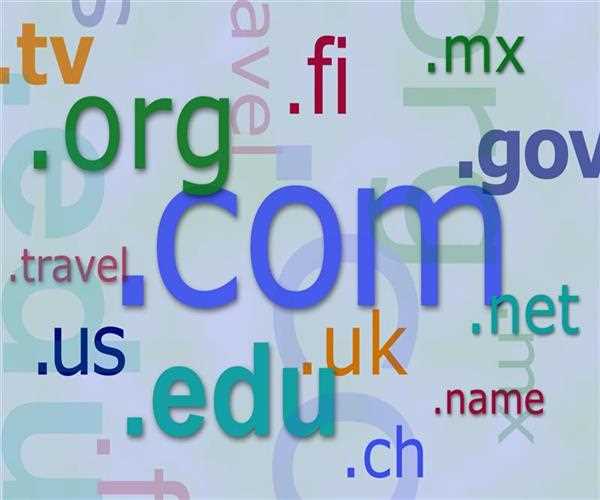Search here

19-Mar-2023
What is a top level domain- 2023 view for beginners
Are you new to the world of websites and domain names? If so, you may have heard a lot about top-level domains (TLDs) but are not quite sure what they are. Don't worry; you're not alone! In this blog post, we will explain everything you need to know about TLDs - from their purpose and types to how they impact your website's credibility and search engine ranking. So, whether you're a small business owner or an aspiring blogger, read on to discover all there is to know about top-level domains!
A top-level domain (TLD) is the last part of an Internet domain name, such as .com, .net, or .org. A TLD can be any of these four types: country code, generic, sponsored, or infrastructure.
A
top-level domain (TLD) is the last part of a domain name, such as .com, .net, or .org. There are also country-specific TLDs, such as .us for the United States and .uk for the United Kingdom.
There are different types of TLDs:
Generic TLDs: These are the most common types of TLDs and include .com, .net, and .org. Country-specific TLDs: As mentioned above, these include country codes such as .us for the United States and .uk for the United Kingdom.
website's credibility and search engine ranking.: These are sponsored by organizations and have special requirements in order to register a domain name with them. For example, you can only register a .edu domain if you are an educational institution.
Infrastructure TLDs: These include domains such as .arpa and are used for technical purposes.
If I talk about the benefits, there are many benefits of having a TLD, such as:
1. Increased brand awareness and recognition.
A TLD can help your brand stand out from the crowd and be more easily remembered by potential customers.
2. Improved search engine visibility.
Search engines often give preference to websites with a TLD when ranking results for relevant searches. This can help increase traffic to your website and improve your chances of being found by prospective customers.
3. Enhanced credibility and professionalism.
Having a TLD can lend an air of credibility and professionalism to your website that may inspire confidence in potential customers and help you close more sales.
When you're ready to start your own website, one of the first things you'll need to do is secure a top-level domain (TLD). A TLD is the part of a website's address that comes after the "dot" - like ".com," ".net," or ".org." While there are many different TLDs to choose from, some are more well-known than others. Here's a quick guide on how to get a top-level domain for your new website:
1. First, you'll need to decide which TLD you want to use. Consider what kind of website you're building, and choose a TLD that makes sense for it. For example, if you're starting a blog about gardening, ".com" might not be the best choice - something like ".blog" or ".garden" would make more sense.
2. Once you've decided on a TLD, head over to a registrar like GoDaddy or Namecheap and search for your
desired domain name. If it's available, you can purchase it and set it up for your website.
3. If the domain name you want isn't available, don't worry - there are still plenty of options. You can try different variations of your original idea (like adding dashes between words), or try other TLDs that might be a better fit for your website.
In conclusion, a top-level domain is an important element of the internet that helps to differentiate websites from each other. They are usually used in conjunction with second-level domains and third-level domains to form complete website addresses. With so many different types of top-level domains available, it can be hard to choose the right one for your business or personal needs. However, understanding what these TLDs are and how they work will help you make an informed decision about which one is best for you.

SEO and Content Writer
I am Drishan vig. I used to write blogs, articles, and stories in a way that entices the audience. I assure you that consistency, style, and tone must be met while writing the content. Working with the clients like bfc, varthana, ITC hotels, indusind, mumpa, mollydolly etc. has made me realized that writing content is not enough but doing seo is the first thing for it.
Join Our Newsletter
Subscribe to our newsletter to receive emails about new views posts, releases and updates.
Copyright 2010 - 2025 MindStick Software Pvt. Ltd. All Rights Reserved Privacy Policy | Terms & Conditions | Cookie Policy